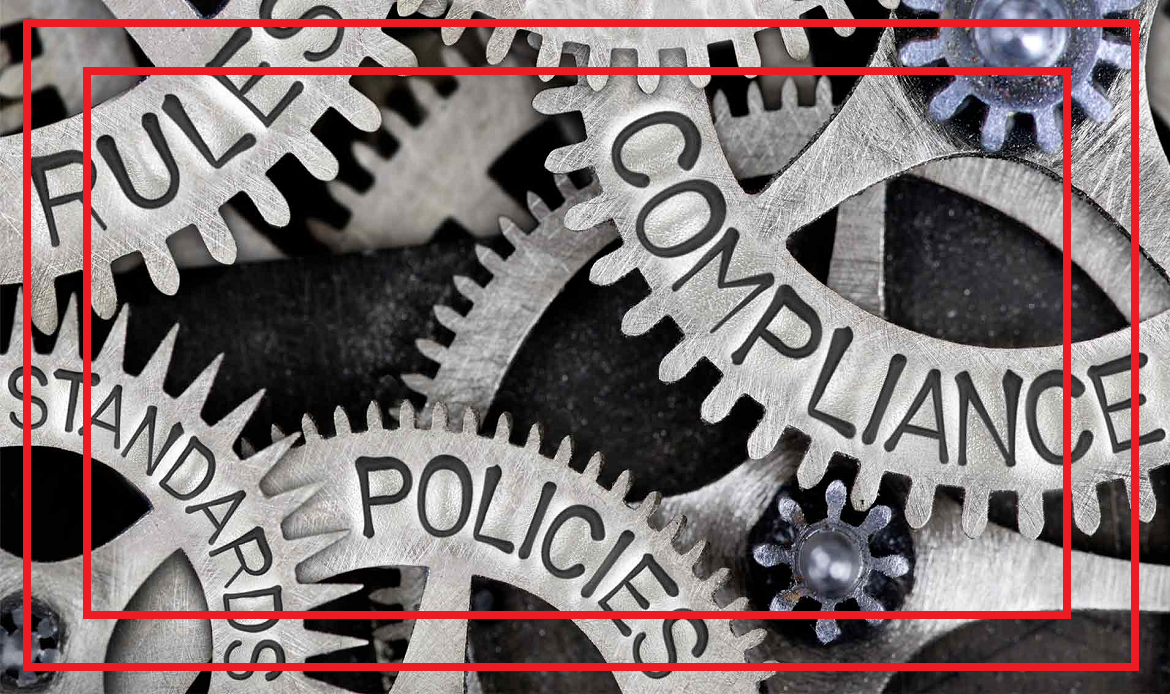Tier-1 capital is a layer of capital (for a bank or financial institution) that consists of common equity, minority interests, eligible noncumulative preferred stock, and the fixed rate cumulative preferred stock sold to the treasury, less goodwill and other necessary adjustments.
Tier-1 capital measures a bank’s financial strength from a regulatory standpoint. It is primarily made up of its equity capital and disclosed reserves. It constitutes an entity’s called-up share capital and eligible reserves plus non-controlling equity interests, less intangible assets and other deductions (other regulatory deductions) relating to the excess of expected loss over regulatory impairment allowance and securitization positions as determined by a regulatory authority. In other words, it is an entity’s ordinary or common shareholder’s capital, excluding all hybrids.
Tier-1 capital is a component of regulatory capital, comprising common equity tier-1 and additional tier-1 capital. Additional tier-1 capital consists of eligible non-common equity capital securities and any related share premium. Under Basel III, tier-1 capital comprises core tier-1 capital plus other tier-1 securities in issue, minus certain regulatory deductions.
On the other hand, tier-2 capital is a layer of capital (for a bank or financial institution) consisting of items such as revaluation reserves, subordinated debt, hybrid instruments (hybrids/ hybrid capital instruments). Generally, this component of capital includes such sources of capital that do not appear on a bank’s balance sheet. Tier-2 capital provides an additional source of capital whereby a regulated institution can meet its regulatory requirements in case its core capital (tier-1 capital) falls short of being up to such requirements. This part of capital consists of capital instruments (known as tier-2 capital instruments) that meet the criteria for tier 2 capital and related surplus, additional eligible minority interest, eligible loan loss provisions and regulatory adjustments.
Tier-2 capital, in short, consists of qualifying subordinated debt and other tier-2 securities in issue, eligible collective impairment provisions minus certain regulatory deductions.






